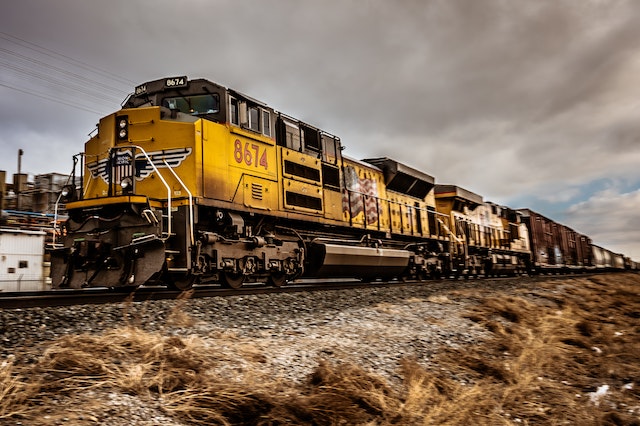

Whether you are a switchman, brakeman, or conductor, railroad switching often requires workers to get on and off moving railroad equipment (GOOME). This usually involves stepping off a train down 2 or 3 feet at speeds up to 10 miles per hour or more. Studies have shown that this action can result in thousands of pounds of total body force and has been characterized by experts as “extreme.” In addition, these workers do not typically land on soft flat ground. They land on piles of loose rock and gravel called “ballast” that is used to form the bed of a railroad track. Even at low speeds, this practice poses a great risk of injury and death to railroad workers. A skilled railroad injury attorney could provide help in getting you compensated for any injuries sustained while getting on and off moving railroad equipment.
The force of landing and unstable ground often results in workers losing their footing and falling. Depending on the circumstances and location, they could land awkwardly, fall down an embankment, or worse, fall on the tracks in the path of a moving train.
Workers often fall off moving equipment due to unexpected movement such as slack action. However, another common cause is faulty safety equipment such as handrails and grab irons. When a railroad employer fails to properly maintain these devices on its rail cars, and a worker is injured as a result, there are various regulations that hold the railroad strictly liable. It is important to talk with an experienced FELA attorney who can recognize the various laws and regulations that may affect your case.
Common injuries sustained by railroad workers while getting on and off moving railroad equipment include:
Even seemingly minor injuries can be long-lasting and require physical therapy, medication, and/or surgery. The Federal Employers Liability Act (FELA) allows workers to be compensated for damage caused by these types of injuries. Talking with an experienced attorney immediately after an injury while getting off railroad equipment is important to securing a financial recovery.
Under the FELA, railroad employers must provide their workers with a safe place to work. Requiring workers to of getting on and off moving railroad equipment is inherently dangerous. After countless injuries and deaths caused by GOOME, most major railroads recognized the dangers of this practice and discontinued it in the 1990s.
However, after realizing that eliminating GOOME affected their profits, many railroads have since brought it back, putting their workers’ lives in danger. Putting profits over safety is never appropriate and demonstrates the railroads’ negligence in allowing it to continue. If injuries occur because of the railroad’s negligence, the law allows workers to bring claims for the damages they suffer as a result. This includes economic damages such as medical expenses and lost wages, as well as noneconomic damages such as pain and suffering.
Injuries that occur while getting on and off moving railroad equipment can result in significant pain, medical bills, lost wages, and can limit your ability to return to work. The Federal Employers’ Liability Act provides a remedy for railroad workers who are injured on the job and an experienced lawyer can maximize your recovery and ensure that you receive full and fair compensation. If you or a loved one is a railroad worker who has suffered an injury at work, call us today for a free consultation.



© 2025
Doran & Murphy, PLLC
All rights reserved | Attorney Advertising